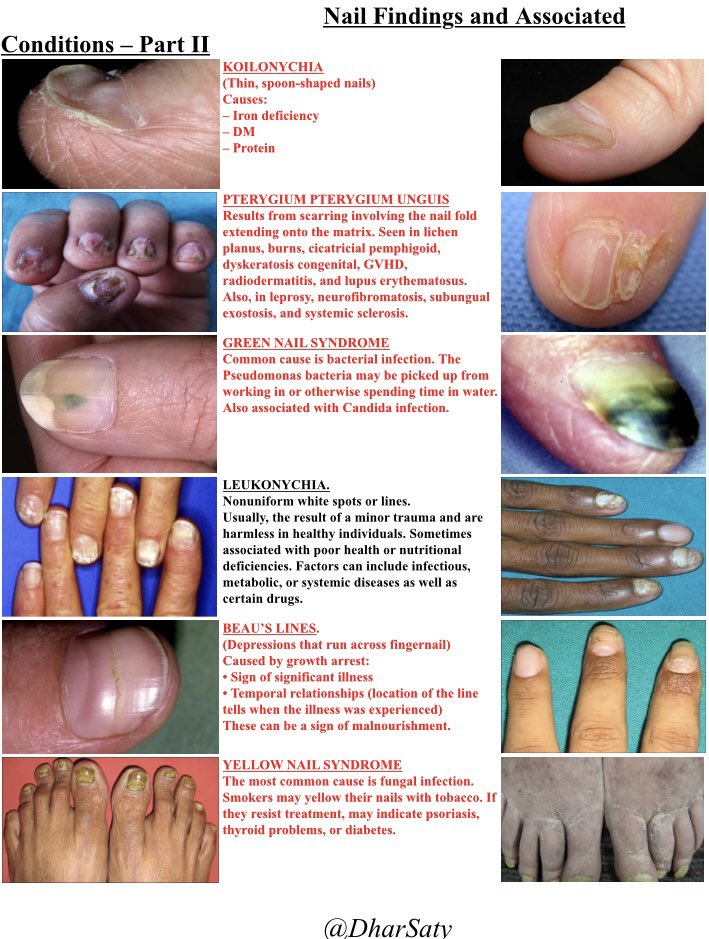The HPA Axis and Adrenal Fxn.
Typical excretion of cortisol ➡️diurnal pattern with peaking in the a.m, ⬇️toward the afternoon, & ⬆️ in the early p.m. The basal adrenal production of cortisol is 10-15 mg daily. #MedTwitter #MedEd #USMLE #FOAMed #hospitalist #mbbs #medicine #doctor
Typical excretion of cortisol ➡️diurnal pattern with peaking in the a.m, ⬇️toward the afternoon, & ⬆️ in the early p.m. The basal adrenal production of cortisol is 10-15 mg daily. #MedTwitter #MedEd #USMLE #FOAMed #hospitalist #mbbs #medicine #doctor
Physiologic & psychological stress can boost daily production of cortisol to 3 or more times typical levels.
Adrenal insufficiency: caused by a disease involving the adrenal gland itself (primary AI) or one altering its regulation by the hypothalamus and pituitary (secondary AI)
Adrenal insufficiency: caused by a disease involving the adrenal gland itself (primary AI) or one altering its regulation by the hypothalamus and pituitary (secondary AI)
Primary AI results from destruction or replacement of the adrenal cortex. Addison’s disease (autoimmune destruction of the adrenal cortex) accounts for 80% to 90% of primary AI. 

Secondary AI can be caused by diseases of the hypothalamus and pituitary gland or by suppression of the HPA axis. The HPA axis can be suppressed by either abnormal endogenous corticosteroid secretion (steroid-producing tumor) or exogenous steroids. 

Regardless of the cause, s/s are vague & often attributed to other more common conditions. Symptoms: fatigue, anorexia, & weight loss.
Physical examination: hypotension or orthostatic hypotension. Biochemical abnormalities include hyponatremia, hyperkalemia, & hypoglycemia.
Physical examination: hypotension or orthostatic hypotension. Biochemical abnormalities include hyponatremia, hyperkalemia, & hypoglycemia.

In primary AI the entire adrenal cortex is destroyed, leaving the patient deficient in both cortisol (glucocorticoids) & aldosterone (mineralocorticoids). For such patients, hydrocortisone would typically be used because it has both glucocorticoid & mineralocorticoid activity.
Alternatively, patients could be treated with prednisone and fludrocortisone (pure mineralocorticoid.) For the patient deficient only of glucocorticoids due to loss of ACTH from panhypopituitarism, prednisone may be an acceptable replacement therapy. 

Adrenal insufficiency can be a major cause of perioperative morbidity if not recognized. Surgical stress is a powerful stimulator of the HPA axis—even induction of anesthesia and the initial incision results in a surge of cortisol production in the normal person. 

Surgical stress is categorized as mild to severe. Specific risk combined with the stress by the surgery will determine whether the patient is treated or tested further.👇 is summary of risk stratification for preoperative based on patient risk factors and anticipated stress. 

Random cortisol level > 20 µg/dL in a non-acutely ill rules out AI. To assess the HPA axis response to stress the adrenal gland must be stimulated by administering ACTH. The particulars of the stimulation test & other pharmacologic tests of adrenal function are in Table 7. 

Table 8 includes recommendations for HPA axis testing in the context of patient-specific risk factors for perioperative AI and anticipated surgical stress. 

Whether documented or presumed, the risk of postoperative AI can be readily managed with a systematic approach based on the estimated severity of surgical stress. This approach is summarized in Table 9. 

@threadreaderapp please “unroll “
• • •
Missing some Tweet in this thread? You can try to
force a refresh














